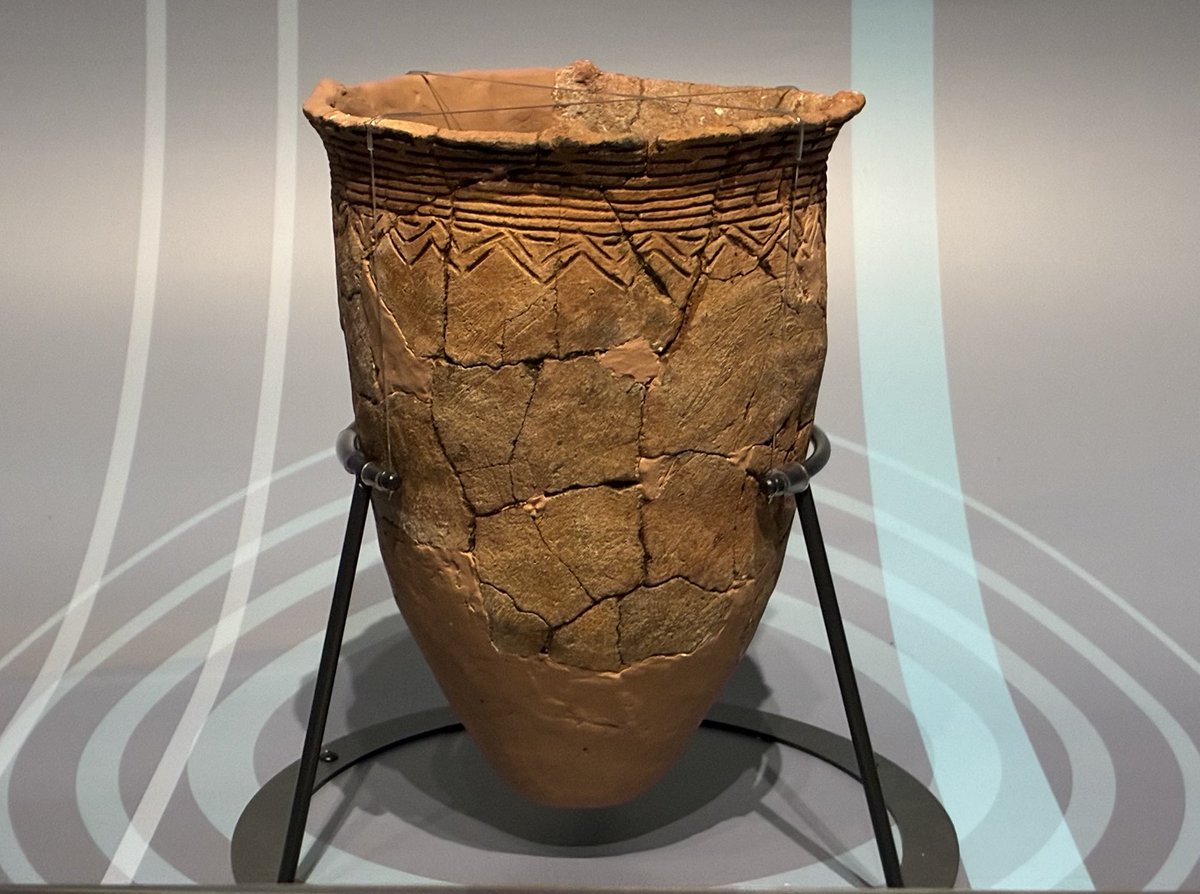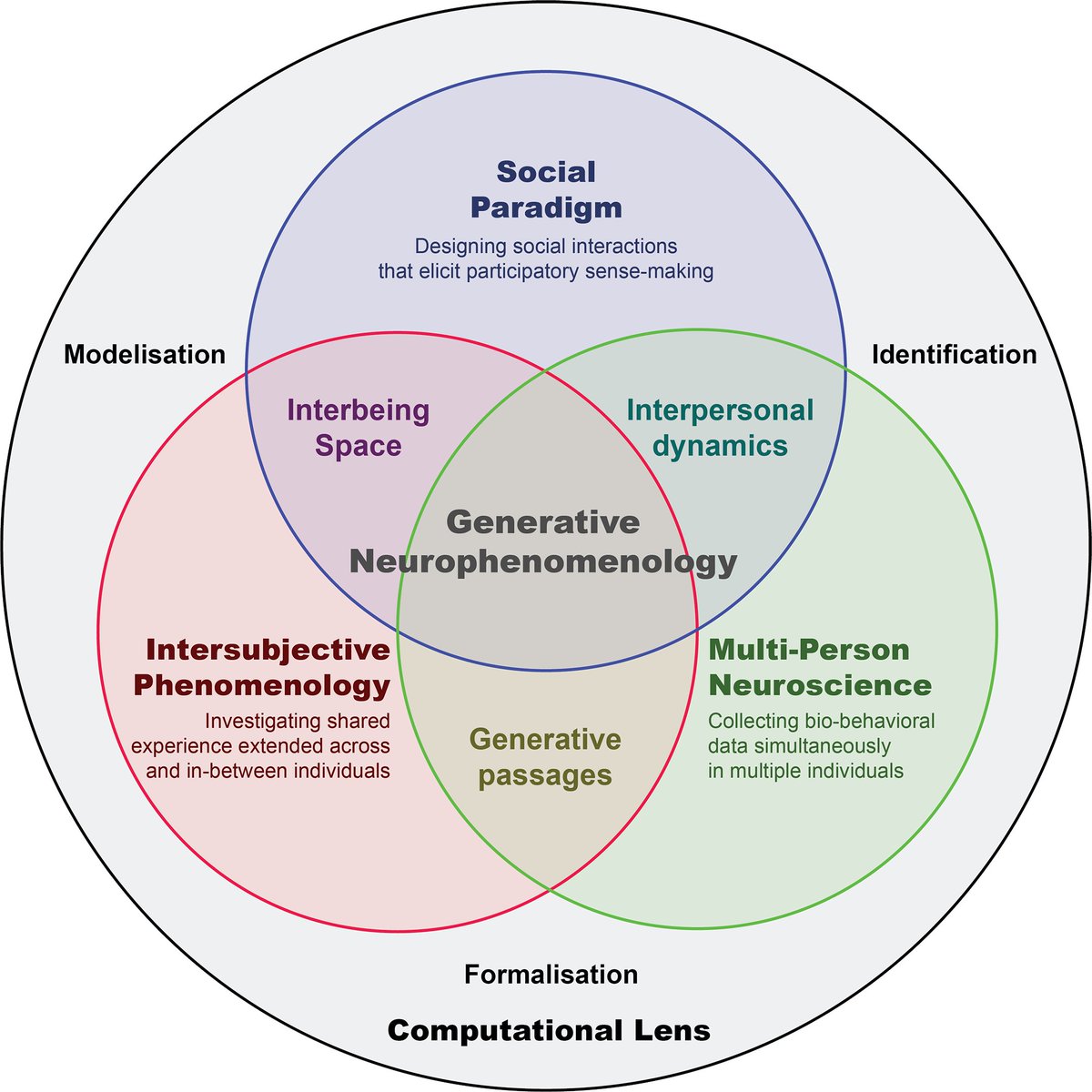
Tom Froese, Embodied Cognitive Science Unit (ECSU)
@drtomfroese
Associate Professor, Okinawa Institute of Science and Technology Graduate University (OIST); Head, Embodied Cognitive Science Unit (ECSU); PhD Cognitive Science
ID: 1169492171881189376
https://www.oist.jp/research/research-units/ecsu 05-09-2019 06:07:42
4,4K Tweet
5,5K Followers
502 Following





New paper out! 🥳 Thanks to Mark M. James for the nice collaboration. 🙏 Q: If we are our brain, why is it so hard to act on our intentions? A: Because we are a “we” - a collective embodied system; hence changing behavior is about multi-scale alignment. intellectica.org/en/4e-cognitio…








